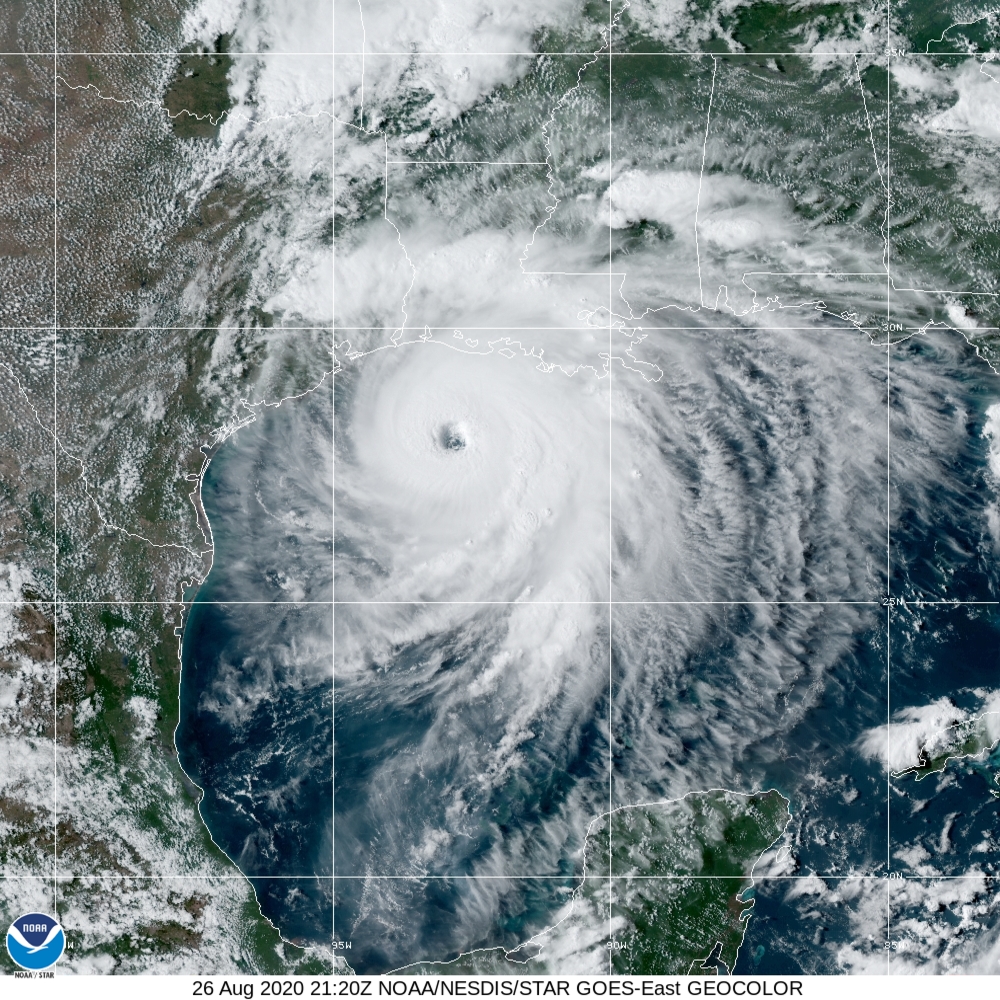
Navy, National Guard Monitoring Hurricane Laura Path Ahead of Thursday Landfall
The Navy and National Guard units in Texas and Louisiana are tracking the progress of Hurricane Laura as it moves…
Copyright 2024 U.S. Naval Institute. All Rights Reserved.